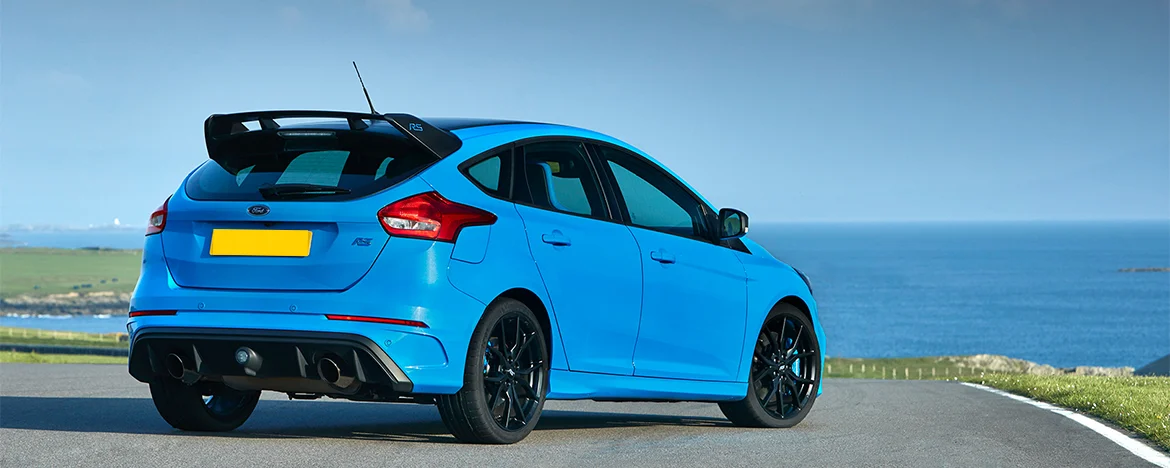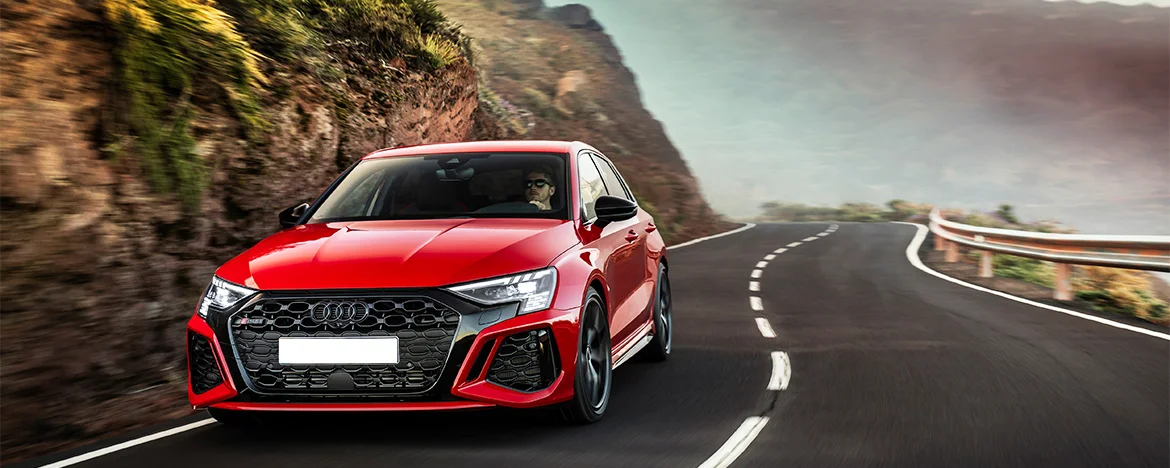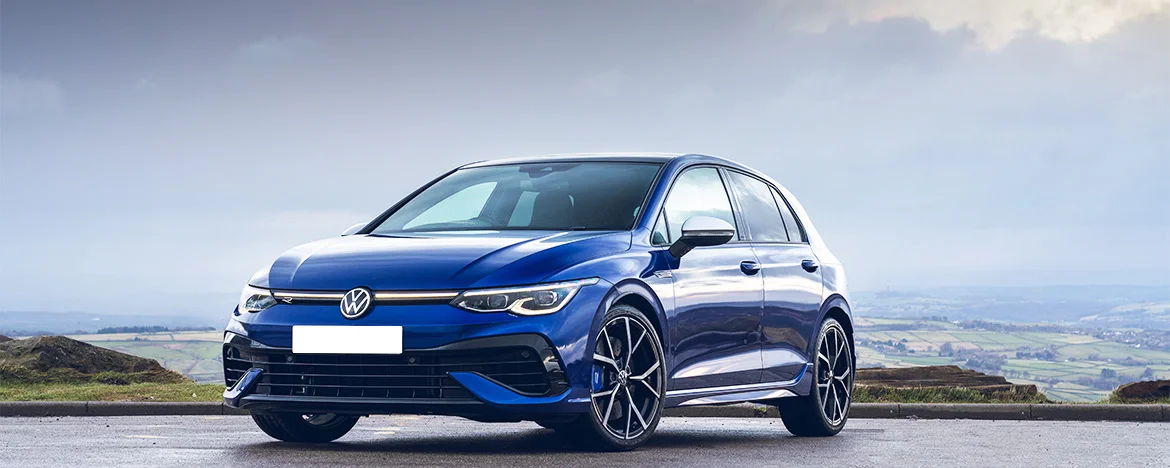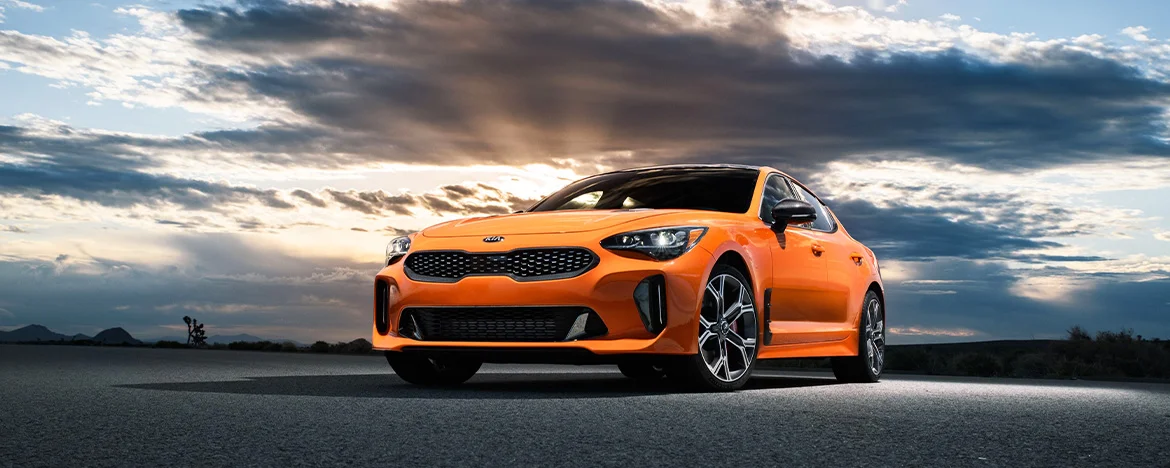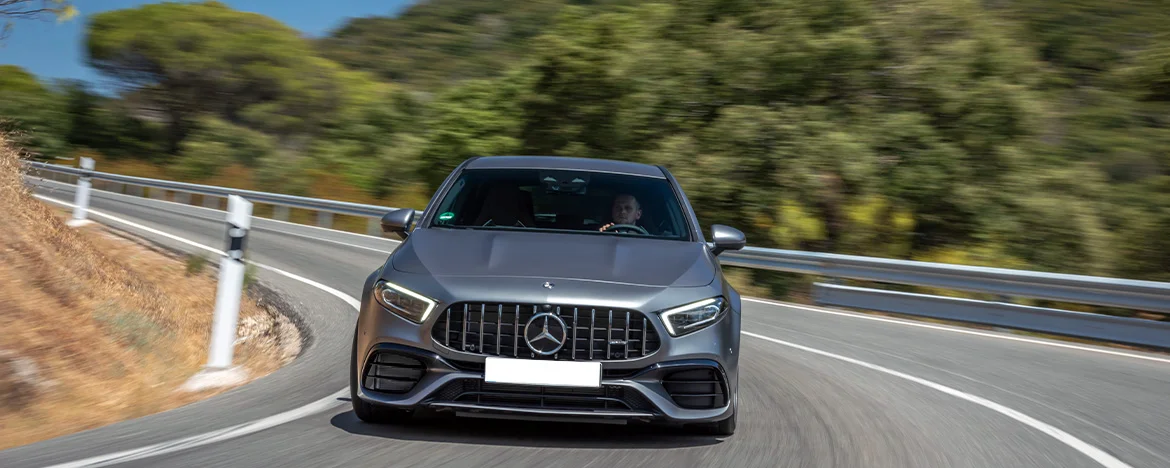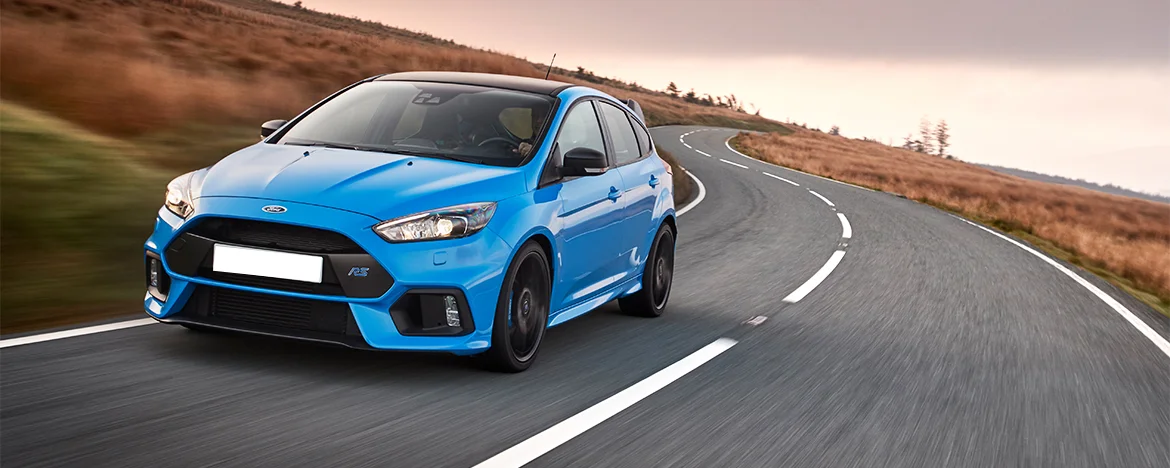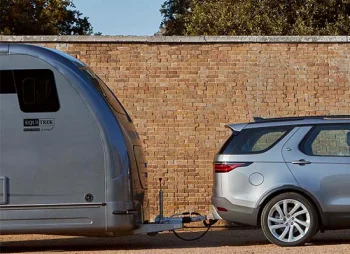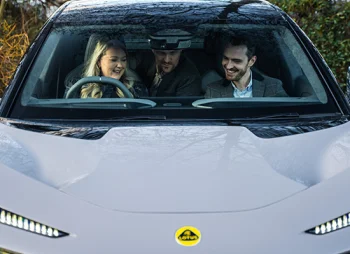Who hasn't dreamed of drifting a car at high speed around a track?
Drifting rose to prominence in the 1990s and can be traced back to one man - Japanese racing driver Kunimitsu Takahashi. His drifting techniques gained popularity across Japan and were swiftly adopted by street racers.
The runaway success of drifting in Japan soon caught the attention of the Western world, with films like 'The Fast and the Furious: Tokyo Drift' (2006) showcasing the underground street races in Japan. It brought drifting in front of the eyes of young car enthusiasts, and it wasn't long before drifting became a worldwide sport.
Drifting remains hugely popular, with competitions held across Japan, the USA, the UK, Sweden, and Norway.
It's become so mainstream that there are even a handful of hot hatches that feature a drift mode. Not just some half-baked system thrown in as an afterthought to please enthusiasts, drift mode is controlled by a computer system that really lets those hot hatches let loose and drift.
Only available on all-wheel-drive cars, it takes advantage of the systems on-board computer that works out how much power is needed and where. Drift mode grabs this system by the horns, throws it out, and sends the majority - if not all - of the power to the back wheels.
Granted, it's not the most practical feature that could be added to a hot hatch. Drift mode is designed to be used on a track - no drifting round the village, please - but for that moment when you do find yourself on a track, you'll be thrilled to have it.

